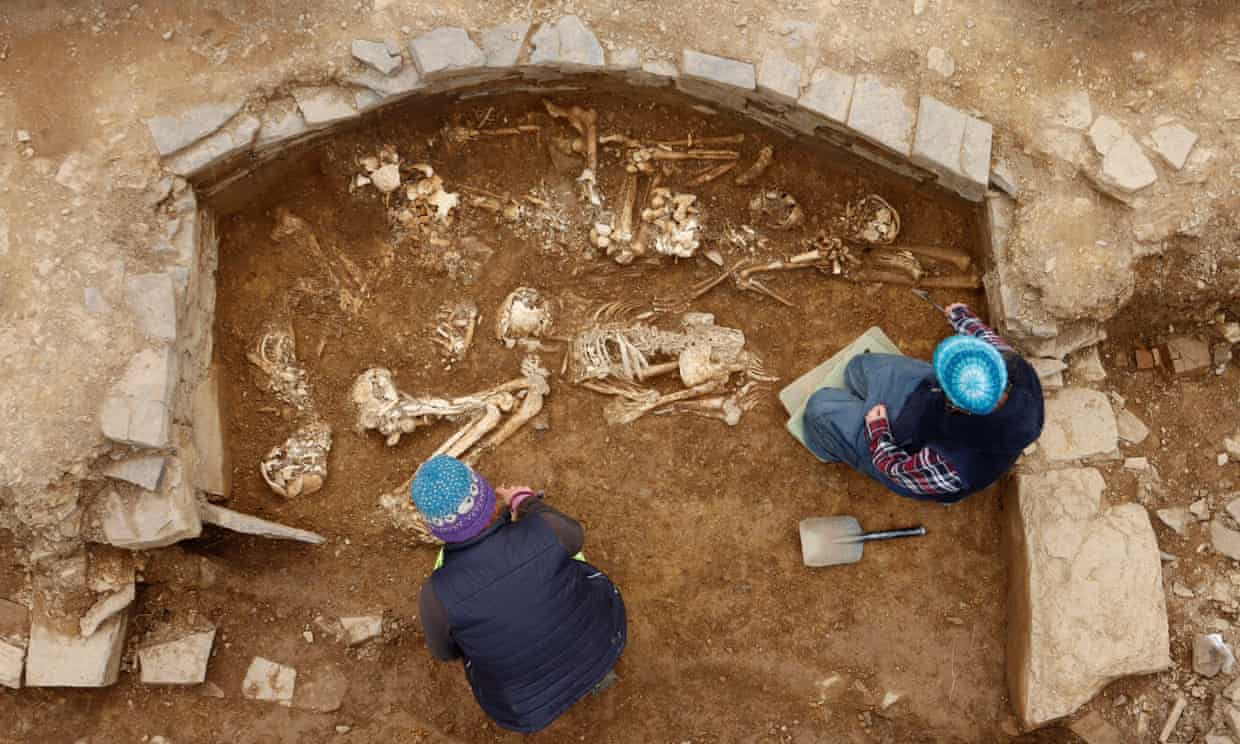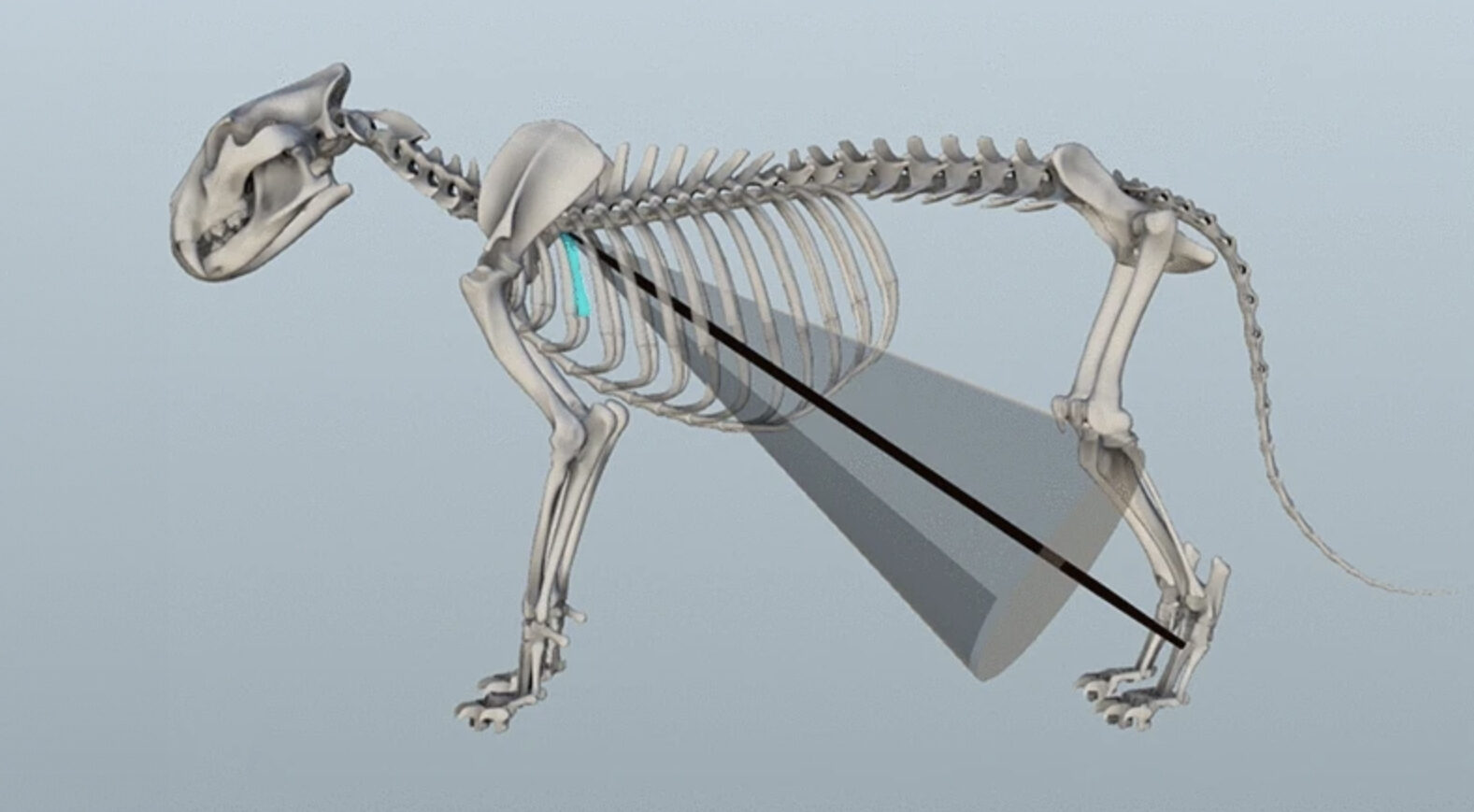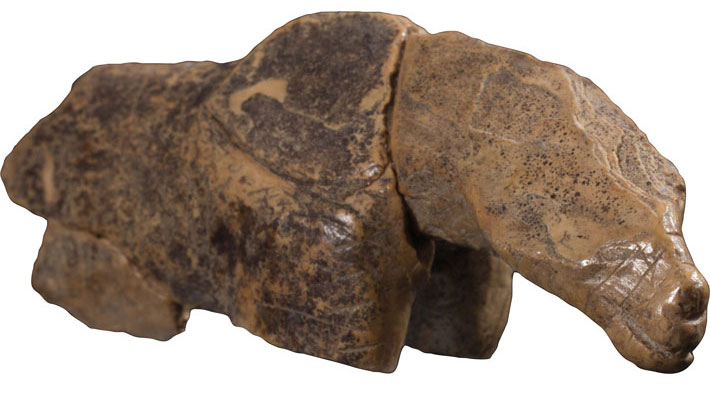
A few finger bone fragments are all that is left of Denny.
Image credit: Brown et al., Scientific Reports, 2016 (CC BY 4.0)
The bones of “Denny” are the only known physical remains of a first-generation human hybrid, born as a result of a Neanderthal breeding with a Denisovan. As exceptional as her remains might be, a deep dive into the genome of modern-day Homo sapiens shows there were once plenty more hominin hybrid individuals around.
The finger bones were unearthed in 2012 within the Denisova Cave, a cave in the Altai mountains of Siberia that has yielded an immense amount of remains belonging to Denisovans, Neanderthals, and Homo sapiens. Estimated to be around 90,000 years old, the researchers named the remains "Denisova 11", or Denny for short.
As reported in the journal Nature in August 2018, scientists carried out a DNA analysis of the bone and revealed it was even more fascinating than they initially realized: it belonged to a teenage female who had a Neanderthal mother and a Denisovan father.
Read the rest of this article...




